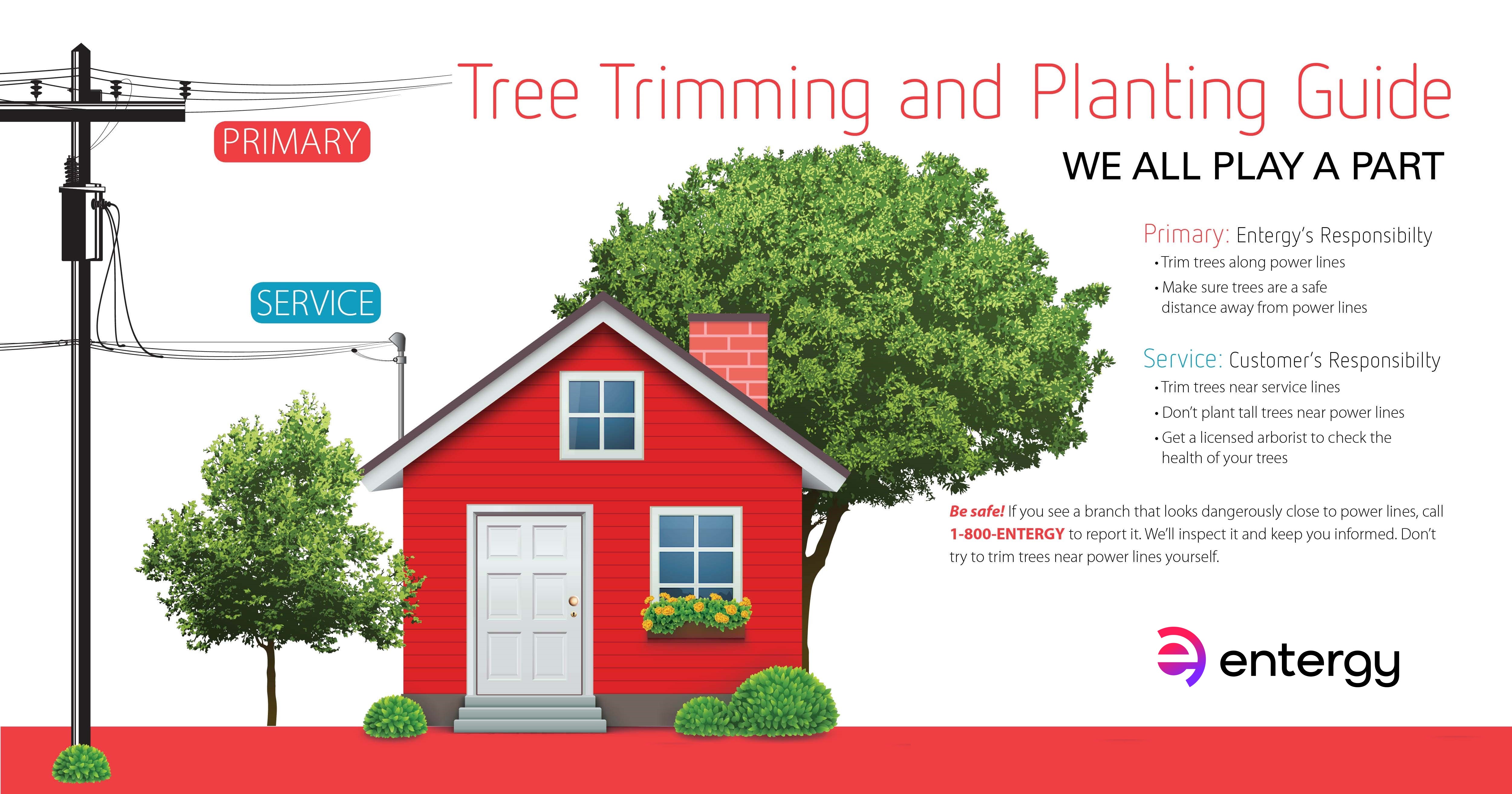Determining The Correct Time For Tree Elimination - A Guide For Homeowners
Determining The Correct Time For Tree Elimination - A Guide For Homeowners
Blog Article
Material Create By-Wright Abrahamsen
Trees add appeal and value to residential property, however they can additionally position a risk during severe weather events. If a tree has actually quit expanding, is displaying visible fungal growth, or has a leaning trunk, it needs to be eliminated by a specialist to prevent home damage and injury.
To read more, go to a property owner resource reasonable co-hosted by HPD, the Facility for New York City Neighborhoods, and Brooklyn-based housing companions this evening in Bedford-Stuyvesant. The occasion will certainly include the Property owner Manual, a brand-new guide to aid property owners navigate the obligations of possessing a home.
1. Dead or Perishing Branches
Trees are an important part of your home's landscape, using color and appeal. They also supply sanctuary for wildlife and produce oxygen, yet even healthy and balanced trees can experience illness that may necessitate their elimination. Dead or dying trees aren't just unsightly, they can be harmful. Their branches can fall during a tornado, resulting in costly building damage and injuries.
When a tree's branches begin to die, it implies that its framework is starting to break down. If the majority of its branches are dead, it is most likely time to remove it.
Look for a lack of new development, bark peeling, open injuries or dental caries, fungi growing on the trunk or origins and a basic appearance of decay in the whole cover. These indicators of infection can indicate a severe trouble that will certainly require professional tree services to settle.
2. Leaning Trunk
While it's typical for trees to lean once in a while as a result of phototropism, if a tree has a hazardous or severe lean that's not because of natural processes - it could be a sign that the tree requires to be removed. If the tree is leaning toward a high-voltage line, home, automobile, play framework or any other area that could be dangerous to individuals if it falls, after that contacting a professional tree solution for elimination should be a leading concern.
It's also vital to expect any sudden changes in a tree's leaning as it can show damages to the origins or trunk that may cause falling. find out here is especially true throughout stormy weather, considering that high winds and rain-soaked soil can trigger a lean to transform rapidly. Normal surveillance, particularly during and after tornados can aid homeowners recognize prospective troubles with their trees so they can call an arborist for a thorough evaluation.
3. Parasite Infestation
Some pest problems, such as wood-boring insects like emerald ash borer or sap-suckers like scale insects, are so serious that they can create a tree to pass away. The very best way to stop pest infestation is to monitor your trees regularly. Seek places, openings, or discolorations in the fallen leaves and bark. Examine the trunk for cracks and signs of insect damages, such as passages or tracks.
If a tree becomes as well infested with insects, or is close to a home or high-voltage line, an arborist may recommend elimination. If a leaning tree creates a new, unstable lean, an arborist will likely suggest elimination also to guarantee the security of people and property. If visit link damaged or dead tree continually loses excessive branches, it is a sign that it is time to get rid of the tree. If a tree remains to lose branches for an extended time period, it might cause architectural problems and prospective residential property damage.
4. Damaged Trunk
Trees are a stunning and important part of our landscape, yet they do require normal like keep them healthy and secure. If a tree is damaged irreparable it is likely time for it to come down.
Look for signs of damages to the trunk, including upright fractures, seams, dead branch stubs, visible wounds or open dental caries and serious tree-rot. The presence of fungis at the base of the trunk is an additional advising indicator. Fungis might show that the phloem and xylem (life-support tissues) are compromised, permitting the spread of condition or a future failure.
Likewise, take into consideration whether the tree has actually stopped expanding. Healthy and balanced trees will have brand-new development every year, which might show up as buds or branches sprouting and expanding. If you don't see any type of brand-new growth, it's a great idea to have an arborist evaluate the tree and follow their referral for elimination. A passing away or damaged tree can fall and create property damage.